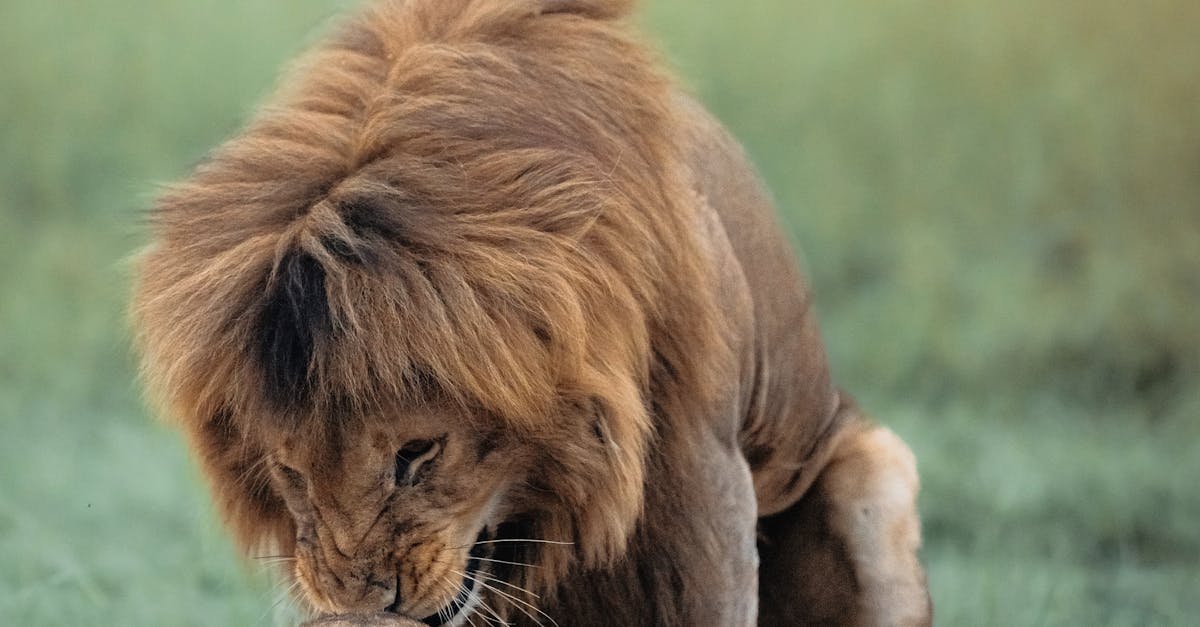Mating Habits in the Animal Kingdom
Mating habits in the animal kingdom exhibit intriguing yet often disturbing behaviors. Among the most striking examples are the notorious acts of sexual cannibalism seen in certain species, which raises questions about evolutionary advantages and survival strategies. For example, female black widow spiders are infamous for consuming their male counterparts post-mating, while female praying mantises are known for decapitating their partners. In this exploration, we will delve into these terrifying yet fascinating behaviors that underscore the ruthlessness of nature’s reproductive strategies.
1. The Frontlines of Mating: Black Widow Spiders
The black widow spider (Latrodectus hesperus) captures public fascination due to its lethal mating practices. After a brief courtship, the female often consumes the male, a behavior thought to enhance female reproductive success. Research indicates she obtains vital nutrients from the male’s body, improving the survival odds of her offspring. According to Science Daily, around 63% of mating encounters end in cannibalism. This strategy increases the likelihood of reproductive success, albeit at the cost of the male’s life.
2. Praying Mantises: The Headless Male Dilemma
Female praying mantises (Mantis religiosa) exhibit similarly brutal marital strategies. During or after mating, they often decapitate their partners—a phenomenon observed in the wild. It is reported that female mantises gain increased sexual arousal from the act, enhancing fertilization success. Research suggests that this behavior is an adaptive strategy to ensure the best genes for their offspring while simultaneously reducing competition for resources. The National Institutes of Health reports that such cannibalism may also enhance nutrient absorption for the female, thus benefiting future generations.
3. Strategies of Escape: The Male Blue-Lined Octopus
In contrast to the aforementioned species, male blue-lined octopuses develop cunning tactics to ensure their survival. Unlike their arachnid counterparts, they display evasive behavior during mating encounters, using camouflage to escape predation from more aggressive females. A study published in the Journal of Marine Biology emphasizes that males rely on their coloration to blend into the environment, allowing them to evade confrontation even during mating seasons.
4. The Role of Sexual Cannibalism in Evolution
Sexual cannibalism serves distinct evolutionary roles, often acting as a survival mechanism. A study by Proceedings of the National Academy of Sciences reveals that these practices can lead to increased genetic diversity and promote adaptive traits. In this regard, cannibalism may become advantageous for species in environments with high competition and resource scarcity.
5. The Societal Implications of Mating Behavior
These extreme reproductive strategies shed light on societal notions surrounding mate selection and relationships in the animal kingdom. Behavioral ecologists argue that such alarming methods are often viewed through a human lens, prompting us to reevaluate our understanding of partnership dynamics in nature. Exploring these behaviors often leads to greater insights into the pressures of survival that shape evolutionary paths.
6. The Ripple Effect: Environmental Impact
The mating habits of predatory species create a ripple effect throughout ecosystems. As predation rates shape various creatures, they influence prey populations, resulting in shifts in biodiversity. An example can be referenced in the Nature journal, stating that such chilling dynamics often pertain to the health and balance of ecological communities.
7. Conclusions and Reflections
The brutal yet fascinating mating habits observed in species such as black widows, praying mantises, and blue-lined octopuses remind us of the lengths to which nature goes for survival. These behaviors prompt scientific inquiry into the evolutionary advantages of cannibalism and mate selection. As we delve into such topics, it is evident that in the quest for reproduction, nature often takes a dark and unexpected turn.
The exploration of these relationships contributes significantly to our understanding of evolutionary biology, environmental impact, and the survival of species. By examining these unusual mating behaviors, we gain valuable insights into the intricacies of life on Earth.
